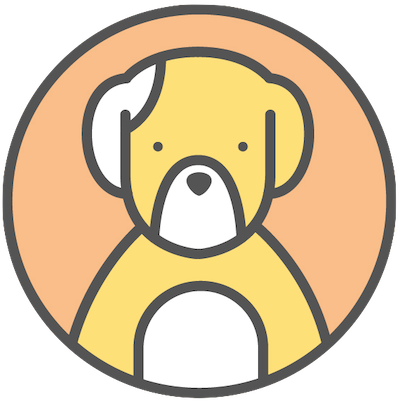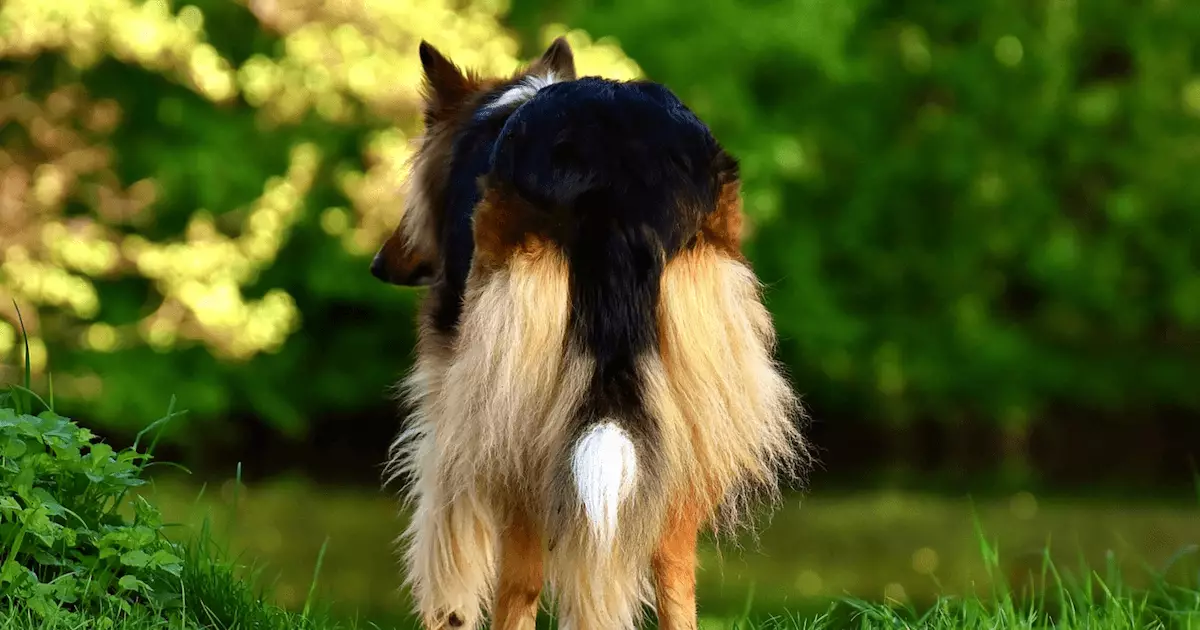Long-haired dogs often embody the charm and elegance that many pet owners desire. With their luscious coats, they offer an irresistible invitation for cuddles and companionship. Breeds such as the Old English Sheepdog, Afghan Hound, and Shih Tzu are not just aesthetically pleasing but also generally shed less compared to their short-haired counterparts. This can be a major advantage for those who love dogs but might have allergies or simply detest the constant vacuuming that comes with shedding. However, beneath this curtain of beauty lies a practical issue that can drive dog owners to distraction: the notorious “poop butt”.
This isn’t just a comical term; it symbolizes a real dilemma for long-haired canines. When those long strands of fur collect unwanted debris—ranging from leaves to more unsavory items like feces—it can create not only a hygiene concern but a health hazard. Thus, the question arises: how can you maintain both the beauty and cleanliness of your beloved dog’s coat, especially in delicate areas?
The Necessity of Grooming
Grooming is the cornerstone of any long-haired dog’s health and happiness. The American Kennel Club (AKC) advises that dogs typically require grooming on a monthly basis, although this can vary based on various factors including breed, coat texture, and environmental elements. Regular grooming helps to navigate the potential minefield that is pet ownership—not only does it keep your dog looking fabulous, but it also prevents matting and debris accumulation around sensitive areas such as the anus and groin.
During professional grooming sessions, a thorough trim around the rear end can be beneficial. This form of grooming, often referred to as a “potty patch,” drastically reduces the chances of fecal matter becoming matted within the fur. Moreover, this practice minimizes the risk of urinary tract infections, as it creates a cleaner and safer environment for both female and male dogs.
While visiting a professional groomer is usually advisable, routine care at home is critical. Regular brushing and bathing not only promote a healthy coat but also allow for the removal of any foreign objects that could accumulate in the fur. However, unless you have proper grooming skills, it’s prudent to let professionals tackle the precise work of trimming to avoid any unintended accidents or injuries.
Managing Diet for Optimal Health
An often-overlooked aspect of preventing the “poop butt” challenge is your dog’s diet. The state of your dog’s stool can greatly affect ease of cleanup and overall hygiene. Soft stools are significantly more likely to become trapped in long hair than well-formed ones. This is where the importance of a high-quality diet comes into play; ensure that your dog receives all necessary nutrients and particularly enough fiber to support firm bowel movements.
Consider adding probiotics and prebiotics to your dog’s diet. These can be phenomenal for digestive health and ensuring that your dog produces solid stools, which, in turn, decreases the likelihood of messes that can diminish their beautiful coats. The term “pseudocoprostasis” may be daunting, but it underscores a real concern: improper management of waste can lead to more serious complications, potentially impacting your dog’s overall health.
Quick Cleanup Techniques
Even with all precautions in place, accidents happen. If you find your long-haired friend in the unfortunate position of having matted hair due to a recent bathroom mishap, acting swiftly is crucial. Cleaning promptly can prevent an unpleasant issue from spiraling out of control. The sooner you address the problem, the further you can prevent fecal matter from becoming a more significant hygiene concern.
Moist grooming wipes designed for pets can offer gentle cleansing solutions while also neutralizing odors. Alternately, waterless shampoos provide a hassle-free way to spot clean between baths. Over-bathing can strip the natural oils from your dog’s coat, leading to dryness and an unkempt appearance. By employing these methods, you can ensure your dog remains fresh without the need for frequent bathing sessions.
Maintaining the beauty and health of a long-haired dog comes with its challenges, particularly when it comes to hygiene. However, with the right grooming techniques, dietary considerations, and timely interventions, you can navigate these obstacles effectively. Long-haired dogs can remain as stunning as they are affectionate, and with a bit of extra care, the “poop butt” phenomenon can be managed skillfully, ensuring both relief for pet owners and continued happiness for their furry companions.

